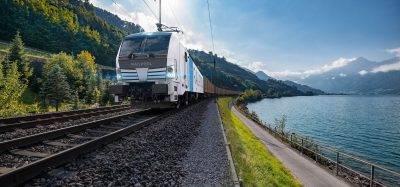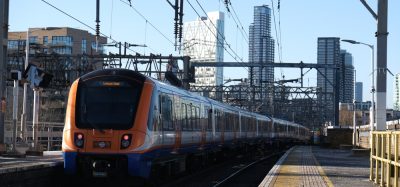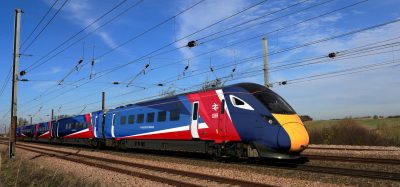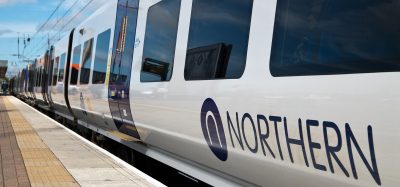Transforming how we deliver rail passenger assistance
Posted: 24 June 2025 | Allison Harbor | No comments yet
Allison Harbor, Accessibility Delivery Manager, South Western Railway, shares the benefits of moving to a real-time system powered by Transreport’s Passenger Assistance technology.
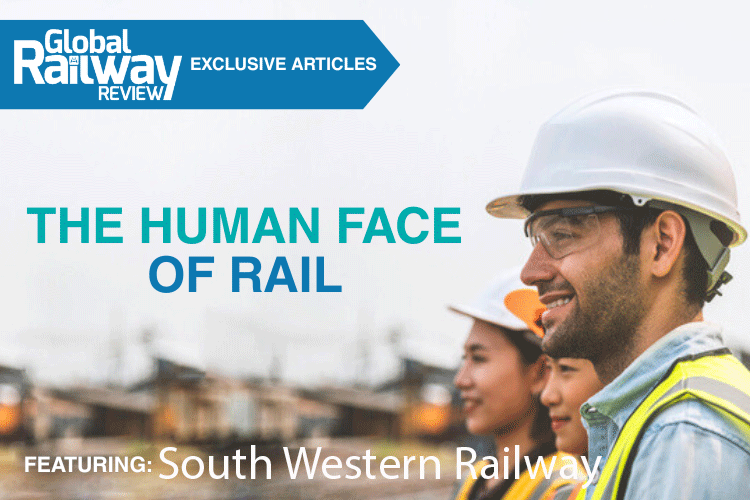

At South Western Railway, we’re committed to ensuring that every journey is safe, comfortable and inclusive. Whether it is navigating a busy station or boarding a train, our passenger assistance service is there to help every stage of the journey. Requests for assistance continue to grow. In the last year alone, we received over 260,000 requests across our network – a 26% increase compared to the previous year. This rising demand reflects the importance of making our services more responsive, consistent and accessible.
To meet demand, we’ve transformed the way we deliver assistance, moving from paper-based and manual processes to a real-time system powered by Transreport’s Passenger Assistance technology. The results are clear – from quicker responses, automated systems and data capture to improved communication and reduced delays, we’re providing a better experience for the customers who rely on us most.
Prior to implementing Passenger Assistance in March 2023, our team relied on manual processes to coordinate accessibility support across the network. Pre-booked assistance requests were sent out to station teams in a daily list which were printed and shared across teams.
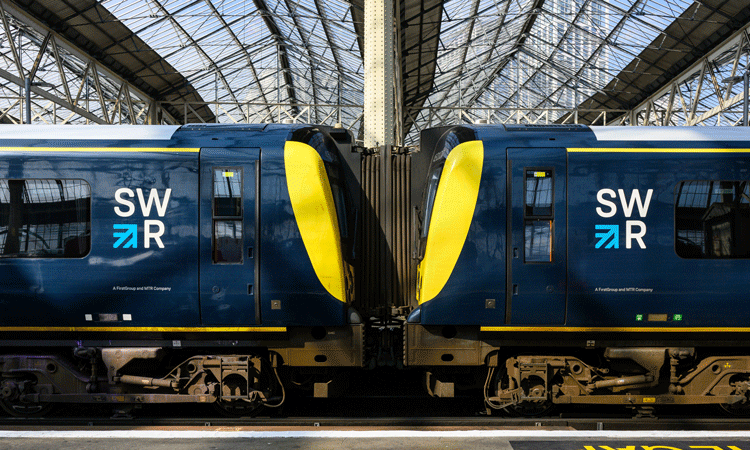

This paper-based system limited visibility and flexibility and colleagues would not have access to real-time updates, meaning any last-minute changes or ‘turn up and go’ requests were not captured.
Once a customer had received assistance on a train or at a station, our teams would manually track completed assistance through a separate system. During periods of disruption, the process became difficult to manage reliably and resulted in an inconsistent data set.
Colleagues can now greet customers by name and prepare for specific needs before arrival – creating a more personal and reliable service.
Since the Passenger Assistance rollout, we’ve transformed how we support our customers. The app gives station and on-board teams real-time information, improving accuracy and ultimately, the customer experience. Colleagues can now greet customers by name and prepare for specific needs before arrival – creating a more personal and reliable service.
In combination with the introduction of assisted boarding points at station platforms in 2021 (specific areas where customers that require assistance wait to board the train), we have helped reduce assisted travel delays by 25%. In addition, by providing personalised support to help customers on-board trains and reducing the time it takes to support, we have significantly improved our overall customer experience.
Passenger Assistance technology has helped us support customers more effectively, even at unstaffed station. Using the app, our teams are able to see exactly where the customer is located on the train, meaning they can quickly locate and assist the customer on arrival, reducing dwell times and improving the seamless journey experience.
Feedback confirms the difference. We have received five-star ratings from customers and recent positive ‘mystery shopper’ reviews and customers have told us they feel more secure when travelling with us. Of all the positive feedback received between April and May this year, 20% is directly attributed to Passenger Assistance teams.
Passenger Assistance has delivered benefits across our network. Real-time updates allow colleagues to act quickly and provide personalised, high-quality support to our customers, while giving customers a sense of security and support throughout their journey with us.
With detailed insights into customer travel data and assistance request volumes and types, we’re able to present a stronger case for investment in accessibility infrastructure at key locations across the network.
The data captured through the app also helps us track and review the assists we receive so that we can continue to innovate and drive changes to continually improve our service. The data also supports our bid for additional funding to stations across our network via the ‘Access for All’ programme which was set up to address issues faced by disabled customers or those with mobility constraints, with funding used to improve accessibility from the station entrance to the platform. With detailed insights into customer travel data and assistance request volumes and types, we’re able to present a stronger case for investment in accessibility infrastructure at key locations across the network.
The app also helps us to deploy resources more effectively by identifying stations where additional colleague support or infrastructure changes and investment are needed. It has strengthened our relationships with other operators, enabling smoother inter-operator journeys and end-to-end visibility of assisted journeys.
Importantly, the app has helped improve accountability. If something goes wrong or we receive positive feedback, we have a clear data set to take action quickly, recognise outstanding service and continue raising the standards across the industry. Passenger Assistance is more than just a tech solution – it is a step-change in how we deliver accessible, inclusive and dependable travel for everyone.


Stay Connected with Global Railway Review — Subscribe for Free!
Get exclusive access to the latest rail industry insights from Global Railway Review — all tailored to your interests.
✅ Expert-Led Webinars – Gain insights from global industry leaders
✅ Weekly News & Reports – Rail project updates, thought leadership, and exclusive interviews
✅ Partner Innovations – Discover cutting-edge rail technologies
✅ Print/Digital Magazine – Enjoy two in-depth issues per year, packed with expert content
Choose the updates that matter most to you. Sign up now to stay informed, inspired, and connected — all for free!
Thank you for being part of our community. Let’s keep shaping the future of rail together!
Related topics
Big Data, Digitalisation, Passenger Experience/Satisfaction, Passengers With Reduced Mobility (PRM), Station Developments, Technology & Software, The Human Face of Rail, The Workforce




